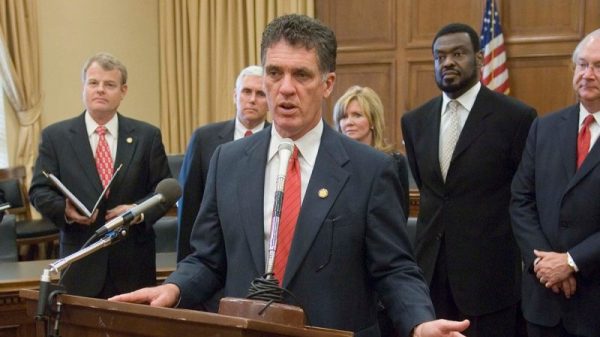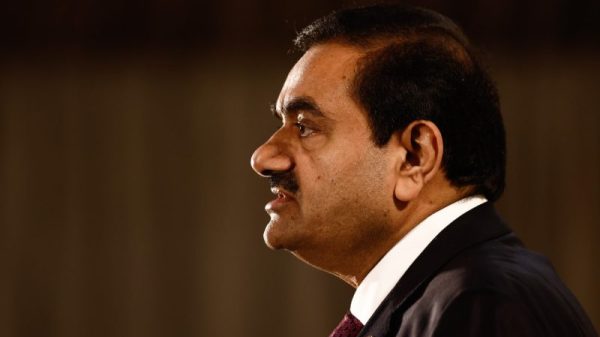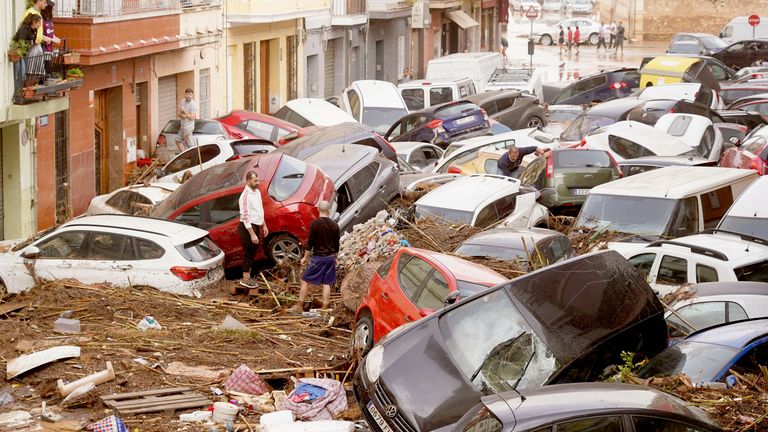Another violent flood, another day we can hardly believe how climate change is, well, changing our lives.
At least 72 people killed. Crops ruined, flights diverted, a high-speed train derailed.
The footage is jaw-dropping: torrents of water collapsing a bridge, vehicles swept away and dumped on top of each other by powerful floodwater as if they were just a handful of toy cars, people rescued from neck-high water.
But it is somewhat familiar.
It brings to mind similar scenes from eastern and central Europe just last month, or flooding in Germany and Belgium in 2021 that killed more than 200 people.
Of course, it is too early to say whether this exact event would have happened without climate change – that takes time and thorough scientific analysis.
But what we know already, and what scientists tell us every time the atmosphere unleashes heavy rain, is that climate change is making this kind of rare, immense deluge in Europe more common and more intense – and therefore more destructive.
It’s also true for most of Asia, central and eastern North America, northern Australia, northeast South America, and southern Africa.
A hotter atmosphere is thirstier and can hold more moisture. So when it rains, it pours.
Heavy rain does not have to mean destructive flooding.
Plenty of other things humans do influence whether heavy rain can turn disastrous, including how we use the land, drainage areas in paved-over cities and early warning systems.
Which is why the Spanish authorities may face questions about why so many have died in a developed, well-resourced country.
Liz Stephens, professor of climate risks and resilience at Reading University, said: “While a red weather warning was issued for the region with sufficient time for people to move out of harm’s way, a red warning alone doesn’t communicate what the impact will be and what people should do.
“Climate scientists have been warning for years that climate change will lead to more intense rainfall, and the tragic consequences of this event show that we have a long way to go to prepare for this kind of event, and worse, in future.”
Valencian authorities said between 150 and 200 litres per square metre (l/m²) of rain fell in just over two hours in the Vall d’Alcalans area.
In Chiva in Valencia, 491 l/m² of rain fell in eight hours.
That is almost a year’s worth of rain.
Those scientists have also been warning that as well as adapting to climate change, hard enough though that is, we’ve also got to massively cut our greenhouse gas emissions that are causing it.
On Monday, a UN body warned the world is on course to cut emissions by just 2.6% from 2019 levels by 2030 – far below the 43% needed.
It adds yet more urgency to the COP29 global climate talks kicking off in Baku next month.
As if more were needed.






























